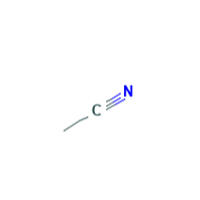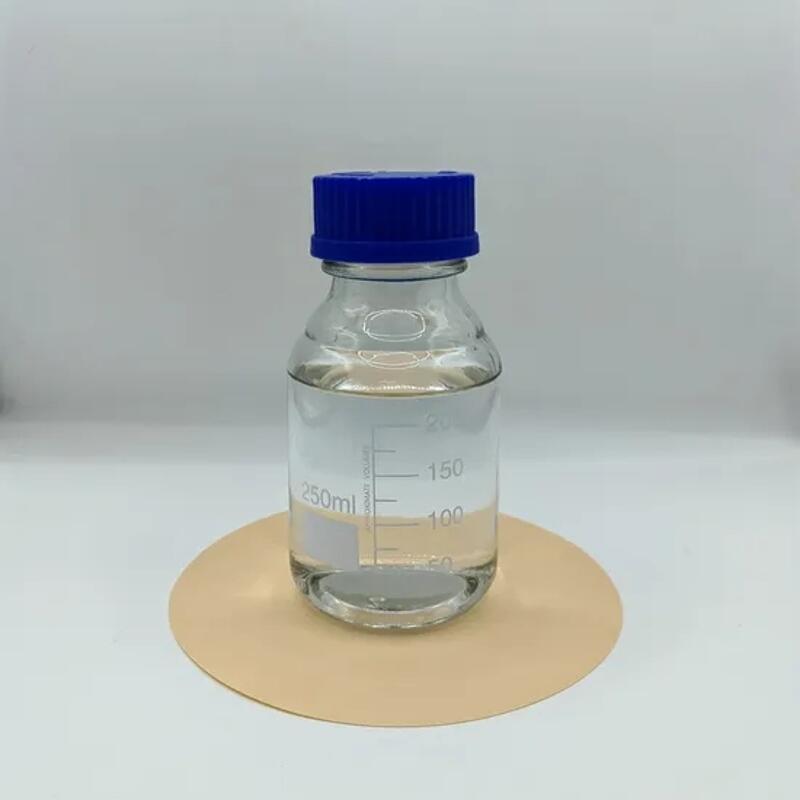-
Categories
-
Pharmaceutical Intermediates
-
Active Pharmaceutical Ingredients
-
Food Additives
- Industrial Coatings
- Agrochemicals
- Dyes and Pigments
- Surfactant
- Flavors and Fragrances
- Chemical Reagents
- Catalyst and Auxiliary
- Natural Products
- Inorganic Chemistry
-
Organic Chemistry
-
Biochemical Engineering
- Analytical Chemistry
-
Cosmetic Ingredient
- Water Treatment Chemical
-
Pharmaceutical Intermediates
Promotion
ECHEMI Mall
Wholesale
Weekly Price
Exhibition
News
-
Trade Service
1-Nitronaphthalene is an important aromatic compound that is widely used in the chemical industry due to its unique chemical properties.
It is a yellow or greenish-yellow solid with a characteristic odor, and it is highly soluble in organic solvents.
The compound is synthesized industrially by nitration of naphthalene, which is a precursor to a number of other important aromatic compounds.
One of the most important applications of 1-nitronaphthalene is as a precursor to other aromatic compounds.
It can be converted to a range of other nitroaromatics through a variety of chemical reactions, including electrophilic substitution reactions, electrophilic addition reactions, and oxidation reactions.
For example, it can be converted to 2-nitronaphthalene, a compound that is used as a solvent for the extraction of oils and fats, through a simple nitration reaction.
1-Nitronaphthalene is also used as a catalyst in a variety of chemical reactions.
For example, it can be used as a catalyst in the polymerization of vinyl monomers, such as styrene, to produce polystyrene, a widely used plastic.
It is also used as a catalyst in the production of polyester fibers, which are used in a wide range of applications, from clothing to automobile parts.
In addition to its use as a precursor to other aromatic compounds and as a catalyst, 1-nitronaphthalene has a number of other applications in the chemical industry.
For example, it is used as an intermediate in the production of dyes, pigments, and other colorants.
It is also used as a solvent for a variety of applications, including the extraction of oils and fats, the purification of chemicals, and the production of inks and coatings.
The solubility of 1-nitronaphthalene in organic solvents makes it particularly useful in a variety of applications.
For example, it can be used as a solvent for the extraction of oils and fats from plant materials, such as soybeans and sunflower seeds.
It is also used as a solvent in the production of inks and coatings, where it imparts a yellow or greenish-yellow color to the final product.
1-Nitronaphthalene is also used as a reagent in a variety of chemical reactions.
For example, it can be used to synthesize other nitroaromatics, such as 2-nitroaniline and 4-chloronitroaniline, through electrophilic substitution reactions.
It can also be used to synthesize a variety of other compounds, such as amines, amides, and sulfonamides, through electrophilic addition reactions.
In conclusion, 1-nitronaphthalene is an important aromatic compound with a wide range of applications in the chemical industry.
It is used as a precursor to other aromatic compounds, a catalyst in polymerization reactions, and as a solvent and reagent in a variety of other chemical reactions.
Its unique chemical properties make it particularly useful in a variety of applications, and its importance in the chemical industry is likely to continue in the future.






